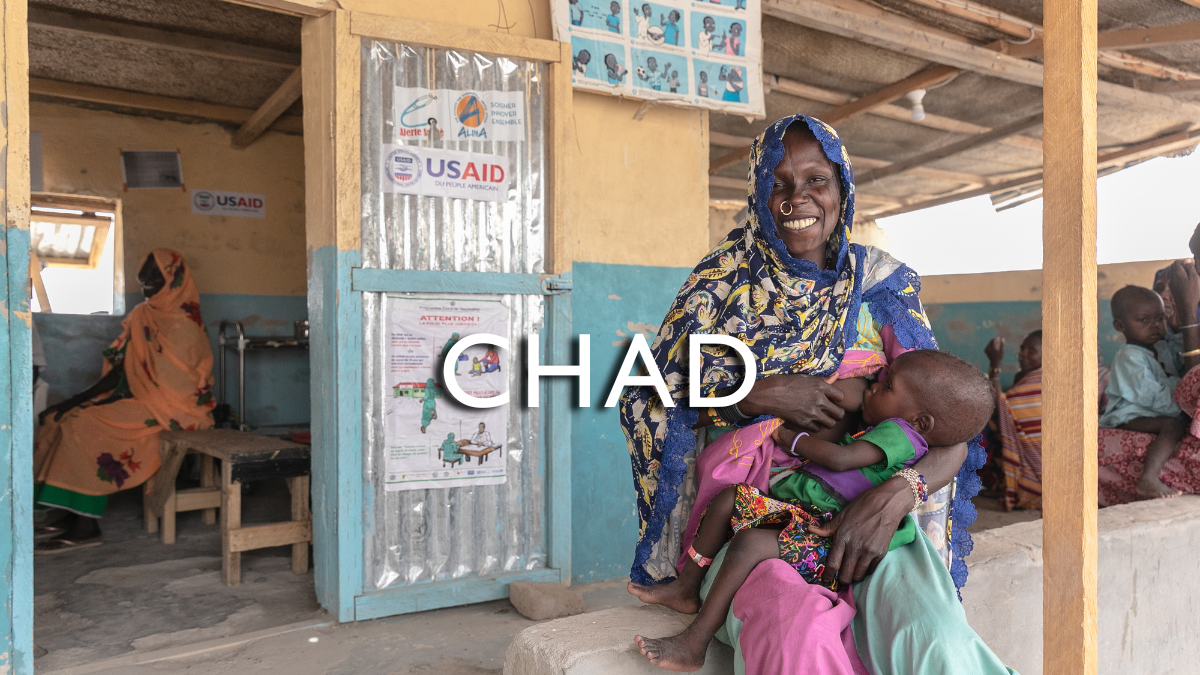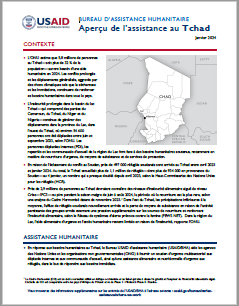
The UN estimates 5.8 million people across Chad—more than 32 percent of the population— require humanitarian assistance in 2024. Protracted conflict and widespread displacement, compounded by climatic shocks such as drought and flooding, continue to drive humanitarian needs throughout the country. Insecurity in the Lake Chad Basin—comprising portions of Cameroon, Chad, Niger, and Nigeria—continues to prompt displacement in western Chad’s Lac Province, where an estimated 54,600 people were displaced between June and September 2023, according to the UN. Internally displaced persons (IDPs), returnees, and host communities in Lac face sustained humanitarian needs, including emergency food, livelihoods, and protection services. Due to conflict in Sudan, nearly 497,000 Sudanese refugees arrived in Chad between April 2023 and January 2024, straining the humanitarian community’s response capacity in the country. Additionally, nearly 2.9 million people across Chad are projected to face Crisis—Phase 3—or worse levels of acute food insecurity during the June-to-August 2024 lean season, the period when food is most scarce, according to a November 2023 Cadre Harmonisé analysis. In response to the severe humanitarian needs in Chad, USAID supports UN agencies and nongovernmental organizations to provide multi-sector emergency support for IDPs and host communities, as well as emergency food and nutrition assistance to refugees, with the goal of meeting immediate needs.


